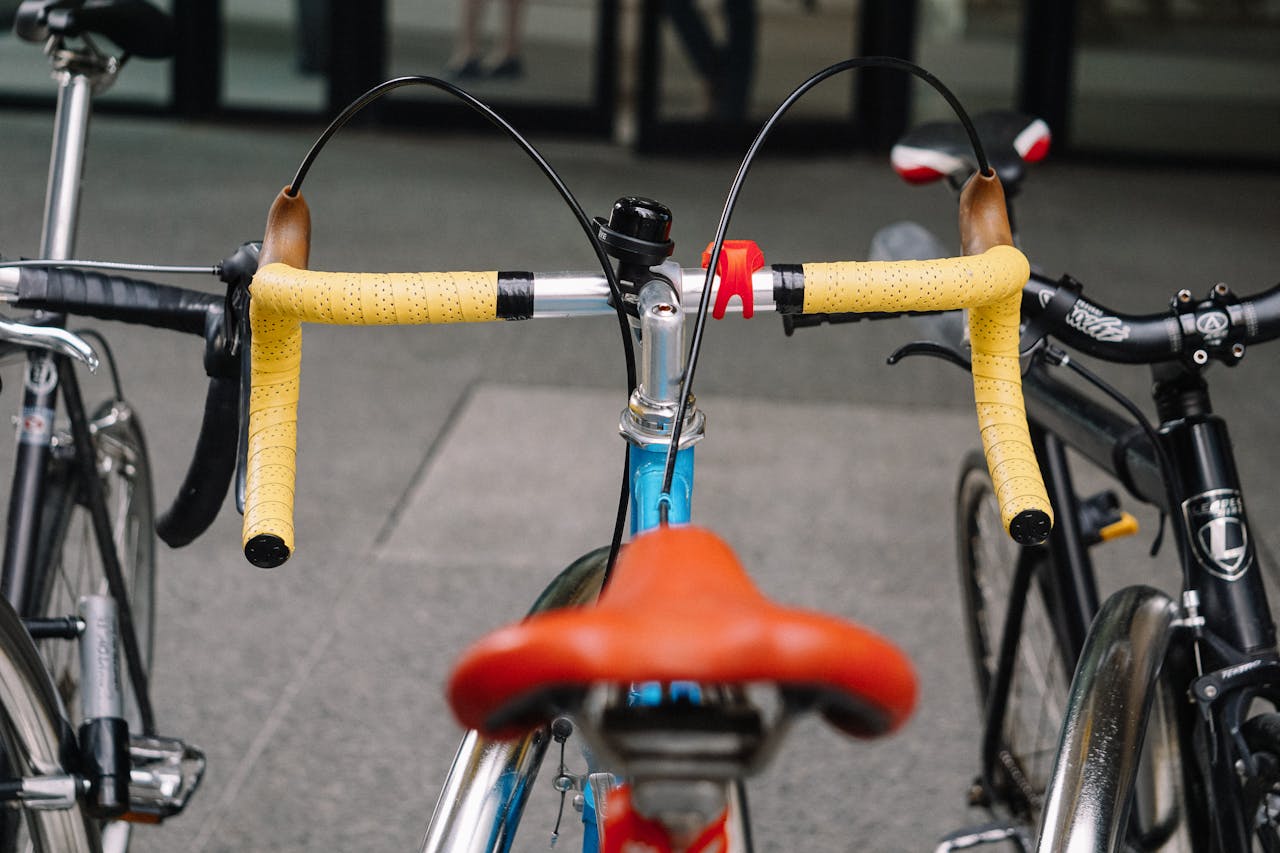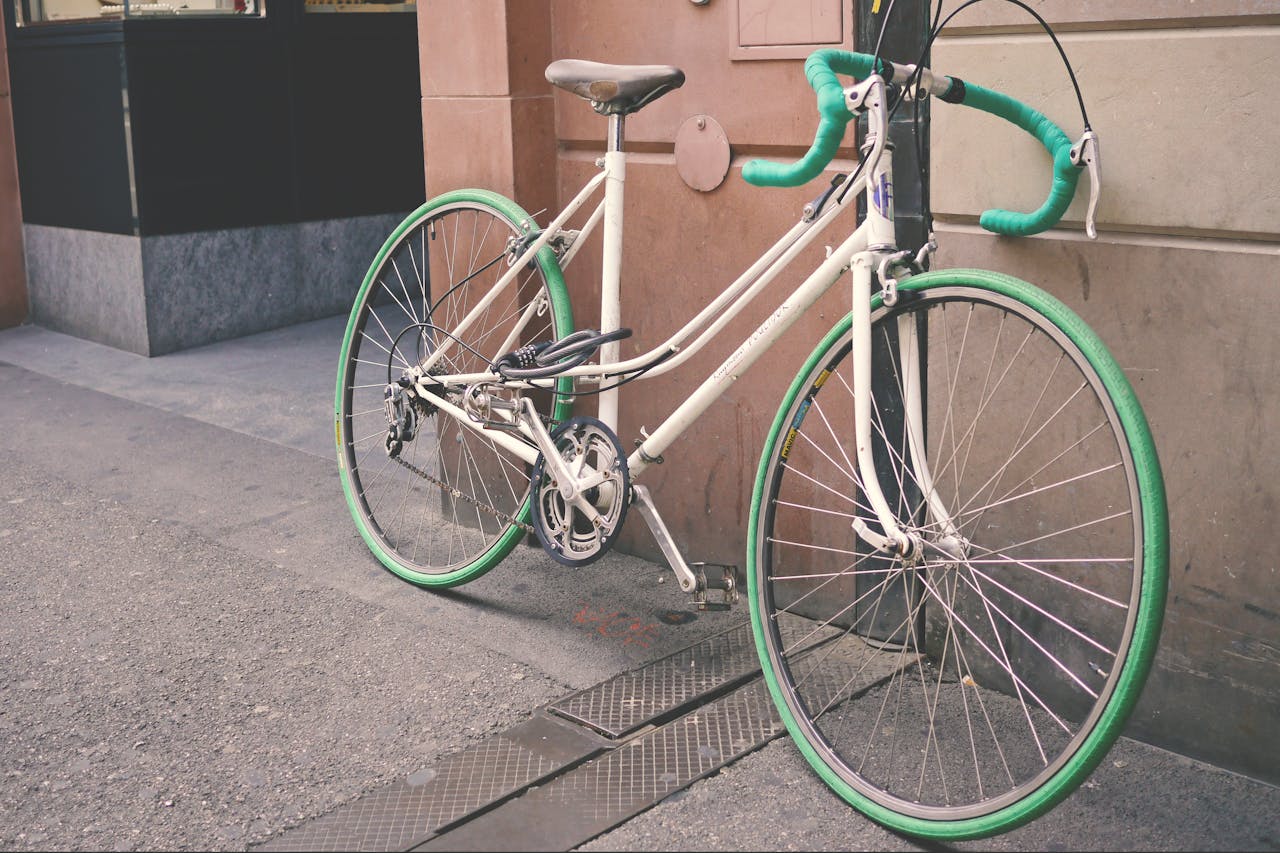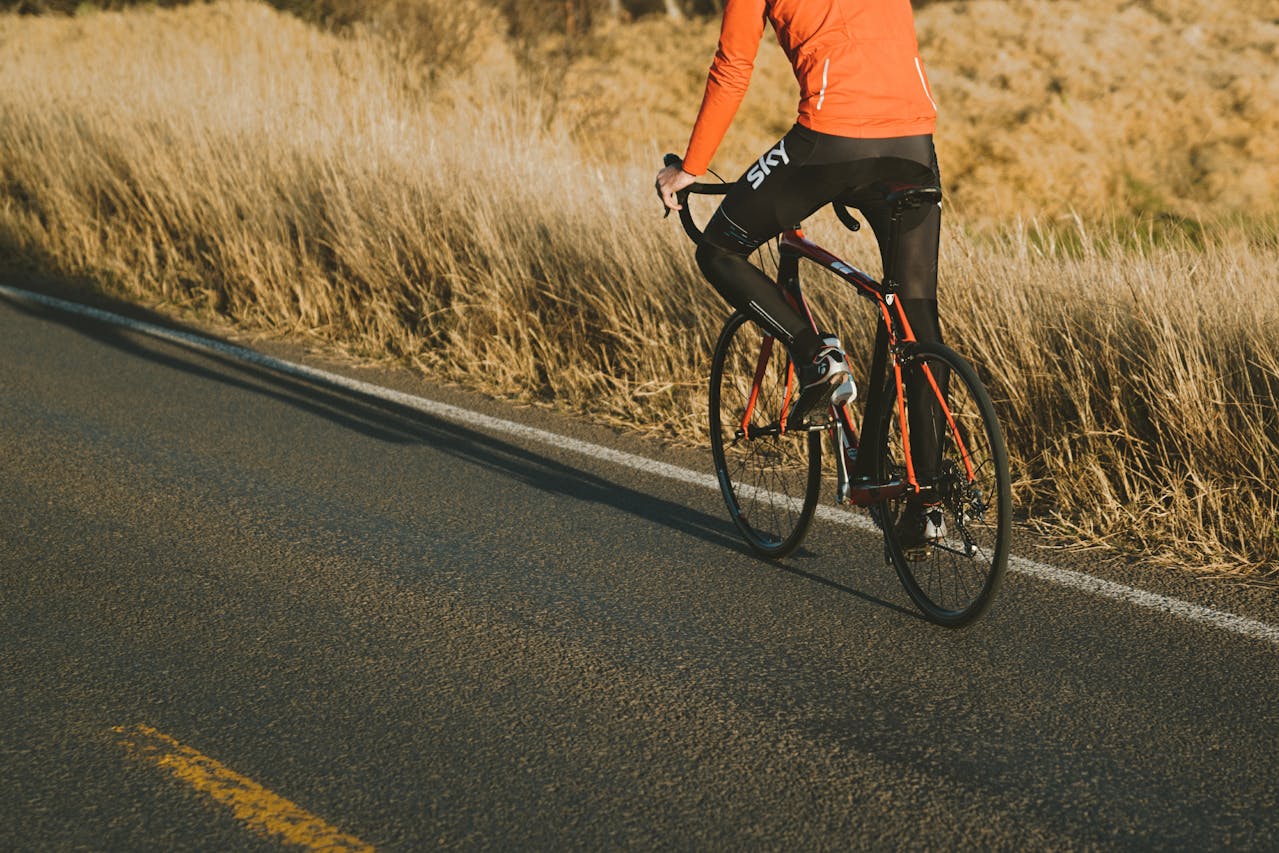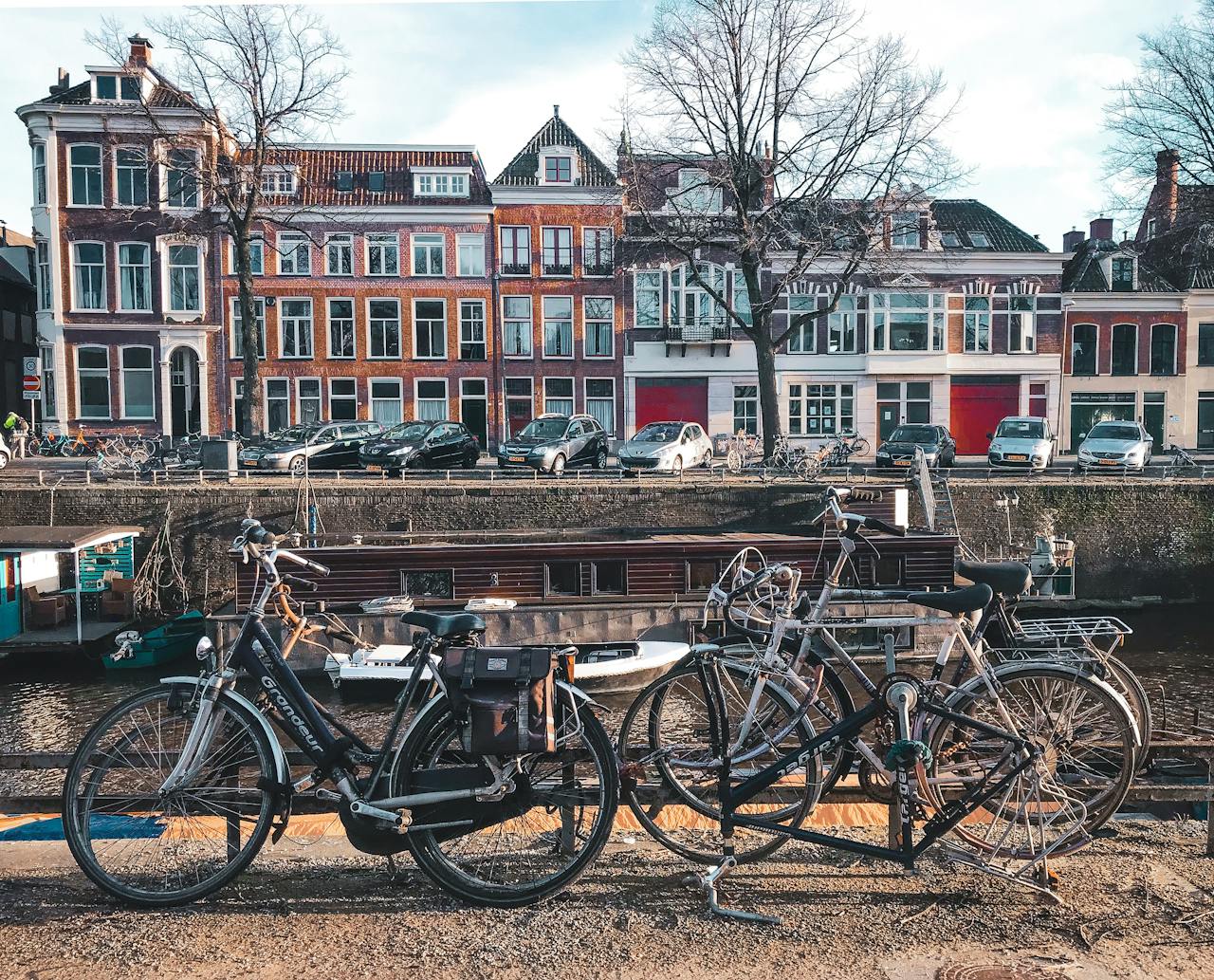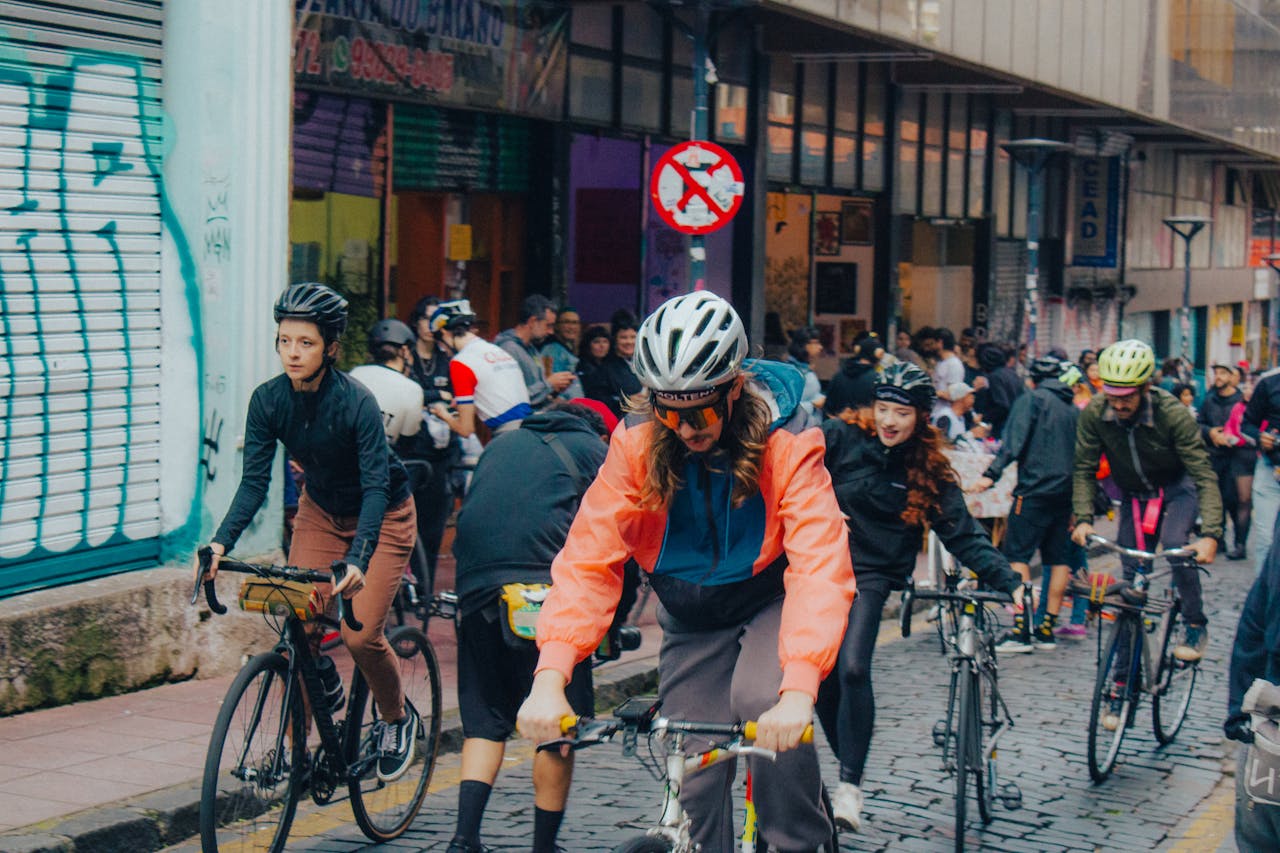Bicycle trips and multi-day hikes are a great opportunity to actively and beneficially spend weekends or vacations. Riding in the fresh air, chatting with friends, exploring new places – all this makes cycling tourism a popular hobby.
However, if you are a beginner and have never gone on long bike trips, preparing for such a trip may seem like a daunting task. Where will we sleep? How many kilometers can we cover per day? How to transport things? To make your first experience a success, let’s go over the key points of planning.
Before planning, it is important to choose the right bike for daily rides – the main thing is that your two-wheeled companion is reliable and comfortable.
Choosing a Route for Beginners
The main criteria when planning a route for your first multi-day trip:
- Daily distance: 50-70 km per day for trained beginners, 30-40 km for the untrained.
- Total length of the trip: optimally 100-250 km. For the first time it is better to aim for a shorter distance.
- Availability of overnight stays: it is most convenient to choose routes with campsites, hostels, mini-hotels. In extreme cases, fields for tents will work.
- Type of roads: preferably secondary ones with minimal car traffic, good pavement, gentle ascents.
- Beautiful places and sights along the way. A bike trip is also an opportunity to see something new.
When planning, study the route in advance on a map or internet services like Google Maps. Learn about the distance, elevation gains, location of stores and cafes.
Have a backup plan in case of bad weather.
Careful preparation of the route is the key to comfort and safety.
Equipment and Supplies
Before embarking on a multi-day trip, make a list of the bare necessities and purchase any missing items.
- Bike backpack (25-35L) for main belongings.
- Waterproof jacket and pants in case of rain.
- Change of clothes: shorts, t-shirts, socks.
- Sun hat.
- Bike gloves for comfort and safety.
- Flashlight + spare batteries.
- First aid kit and repair kit.
- Food supplies based on calorie needs: fruits, nuts, protein bars, canned goods.
- Minimum 1 liter of drinking water per half day of travel.
- Towel, soap, toothbrush.
- Charger for gadgets.
- Some cash just in case.
- Map or navigator.
Before heading out, check that all planned items fit on the bike frame and in the backpack. Luggage rack and seat post bag mounts should be sturdy. Start practicing with gear on short training rides.

Preparing the Bicycle
To avoid breakdowns en route, the bike requires pre-trip preparation:
- Full diagnostics at a bike shop: checking the frame, brakes, derailleurs, chain, wheels, etc.
- Replacing any worn parts.
- Adjusting a comfortable fit: optimizing saddle height, handlebar position, location of brake levers and shifters.
- Installing luggage rack, seat bag, bottle cage, lights.
- Checking tire pressure and condition. Bring a spare tube, pump, repair kit.
Do not go on a multi-day trip on an old, battered bike. For long journeys, a rugged mountain or touring bike with 24-27 speeds works best.
Training Before the Trip
It’s optimal to start physical training 2-3 months before departure.
- In the first weeks, ride short distances (10-15 km), gradually increasing to 30 km.
- Ramp up to riding 3 times a week for 1-2 hours.
- Try different landscapes: flats, hills, forest paths. Build endurance.
- A month before starting, cover a distance equal to the planned daily distance for the trip.
- Don’t forget to stretch and recover. Light massage and contrast showers will relieve muscle tension.
By training regularly and gradually, you will not only build fitness, but also adapt your body and refine riding skills with gear. This will increase comfort during the tour. Remember that brisk walks in proper gear are also great for physical preparation.
Recommendations on the Route
- Start in the morning hours while it’s still cool. Take lunch and rest breaks during the day.
- Drink 0.5-1 liter of water every hour. Isotonic drinks with minerals are beneficial.
- Eat light, high-calorie foods. Pasta, nuts, chocolate, raisins and bananas are excellent choices.
- Regularly apply sunscreen, protect your head and shoulders. Sun and heat stroke are common on bike rides.
- Observe speed limits, be extremely attentive on descents and when passing difficult sections.
- Inspect the bike and fasten your backpack in the mornings and after long stops.
- In case of breakdown or health issues, contact emergency services. You can always shorten the route.
- Enjoy the ride! Don’t rush, take photos. Remember interesting places – you may want to return.
- A bike date can be a great way to add variety to your trips and make them even more exciting.
Conclusion
Your first cycling tour experience can become a truly thrilling adventure if you follow the basic recommendations on route planning, gear, and physical preparation.
The main thing is to do everything gradually, not overestimate your abilities, and monitor your well-being. And be sure to have fun traveling on two wheels!
Wishing you a good and safe ride!

